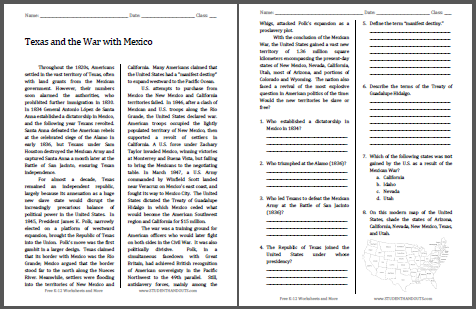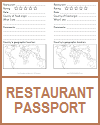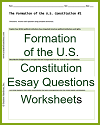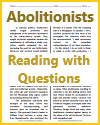Texas and War with Mexico |
|
Throughout the 1820s, Americans settled in the vast territory
of Texas, often with land grants from the Mexican government.
However, their numbers soon alarmed the authorities, who
prohibited further immigration in 1830. In 1834 General Antonio
López de Santa Anna established a dictatorship in Mexico, and
the following year Texans revolted. Santa Anna defeated the
American rebels at the celebrated siege of the Alamo in early
1836, but Texans under Sam Houston destroyed the Mexican Army
and captured Santa Anna a month later at the Battle of San
Jacinto, ensuring Texan independence.
U.S. attempts to purchase from Mexico the New Mexico and
California territories failed. In 1846, after a clash of
Mexican and U.S. troops along the Rio Grande, the United States
declared war. American troops occupied the lightly
populated territory of New Mexico, then supported a revolt of
settlers in California. A U.S. force under Zachary Taylor
invaded Mexico, winning victories at Monterrey and Buena Vista,
but failing to bring the Mexicans to the negotiating table. In
March 1847, a U.S. Army commanded by Winfield Scott landed near
Veracruz on Mexico's east coast, and fought its way to Mexico
City. The United States dictated the Treaty of Guadalupe
Hidalgo in which Mexico ceded what would become the American
Southwest region and California for $15 million. The war was a training ground for American officers who would
later fight on both sides in the Civil War. It was also
politically divisive. Polk, in a simultaneous facedown
with Great Britain, had achieved British recognition of American
sovereignty in the Pacific Northwest to the 49th parallel.
Still, antislavery forces, mainly among the Whigs, attacked
Polk’s expansion as a proslavery plot. With the conclusion of the Mexican War, the United States gained a vast new territory of 1.36 million square kilometers encompassing the present-day states of New Mexico, Nevada, California, Utah, most of Arizona, and portions of Colorado and Wyoming. The nation also faced a revival of the most explosive question in American politics of the time: Would the new territories be slave or free? |
Click here to print. Answer Key: (1) General Antonio Lopez de Santa Anna; (2) Santa Anna; (3) Sam Houston; (4) James K. Polk; (5) U.S. must or will expand westward to the Pacific Ocean; (6) Mexico ceded what would become the American Southwest region and California for $15 million; (7) B - Idaho. |
Text courtesy of the U.S. State Department, Bureau of International Information Programs, 2005 |


 For almost a decade, Texas remained an independent republic,
largely because its annexation as a huge new slave state would
disrupt the increasingly precarious balance of political power
in the United States. In 1845, President James K. Polk,
narrowly elected on a platform of westward expansion, brought
the Republic of Texas into the Union. Polk's move was the
first gambit in a larger design. Texas claimed that its
border with Mexico was the Rio Grande; Mexico argued that the
border stood far to the north along the Nueces River. Meanwhile,
settlers were flooding into the territories of New Mexico and
California. Many Americans claimed that the United States
had a "manifest destiny" to expand westward to the Pacific
Ocean.
For almost a decade, Texas remained an independent republic,
largely because its annexation as a huge new slave state would
disrupt the increasingly precarious balance of political power
in the United States. In 1845, President James K. Polk,
narrowly elected on a platform of westward expansion, brought
the Republic of Texas into the Union. Polk's move was the
first gambit in a larger design. Texas claimed that its
border with Mexico was the Rio Grande; Mexico argued that the
border stood far to the north along the Nueces River. Meanwhile,
settlers were flooding into the territories of New Mexico and
California. Many Americans claimed that the United States
had a "manifest destiny" to expand westward to the Pacific
Ocean.









